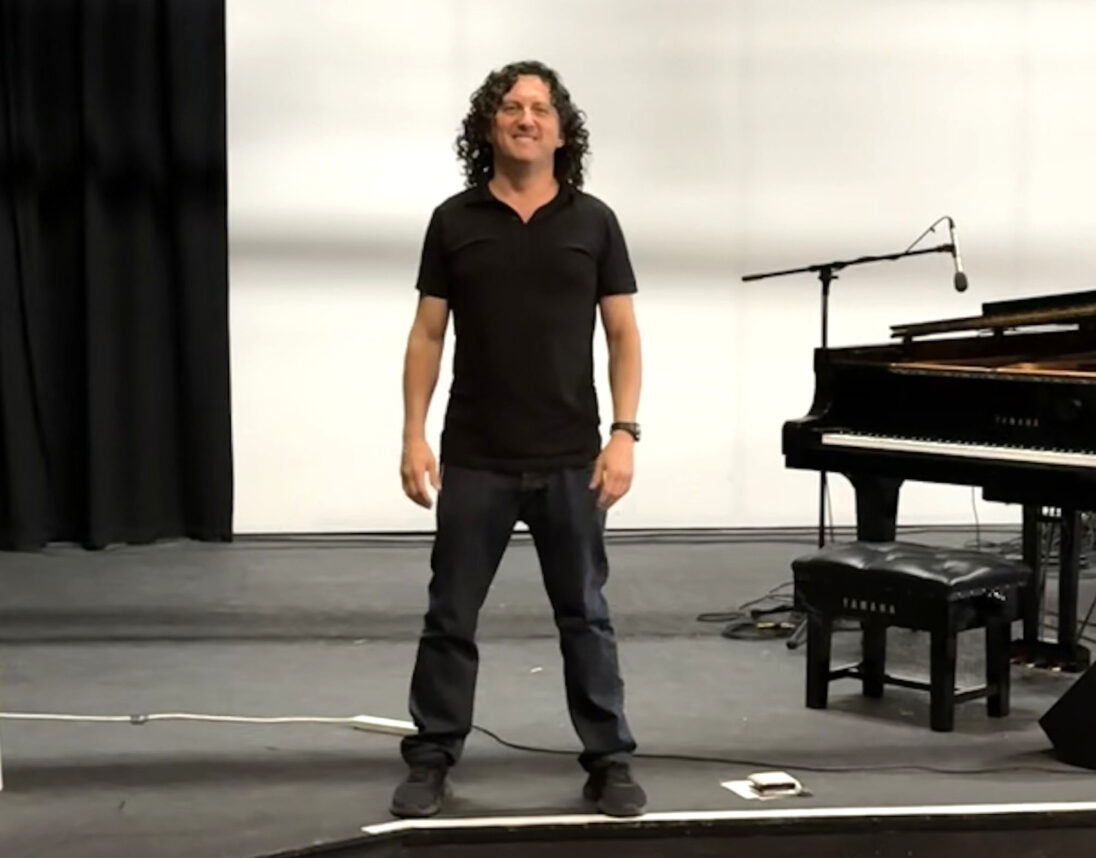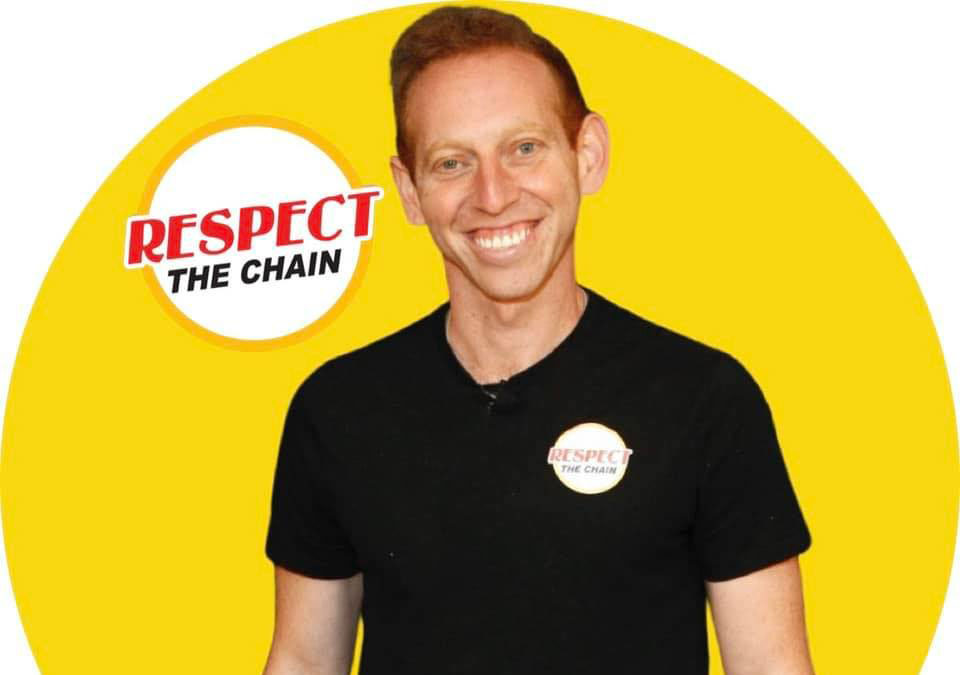American Jews are adopting and discarding their Jewish identities with increasing rapidity in a country that is becoming less white and less Christian, according to a new study of religious affiliation in the United States.
But just hours after the study’s publication Monday, Jewish demographers already were disputing some of the findings on Jews, contending that the sample is too small to draw meaningful conclusions.
The U.S. Religious Landscape Survey, released by the Pew Forum on Religion and Public Life, shows how Jews fit into a national religious mosaic that is shifting at ever-increasing speed.
It shows that more than one-quarter — 28 percent — of Americans have left the faith in which they were raised and either joined a different faith or profess no faith at all.
Some of the findings about Jews, including the high income and educational levels, came as no surprise, as they mirror the results of earlier Jewish-only population studies.
The Pew study is the largest, most in-depth survey of American religious beliefs and behaviors, putting numbers to what religious experts have long believed was happening, Pew officials say. The last time the U.S. Census asked questions about religion was in 1957.
More than 35,000 of America’s 225 million adults were interviewed, including 682 Jews. A second report based on the same data, describing America’s religious practices and beliefs, will be released in late April, followed by a third report on social and political views later in the summer.
Leading Jewish demographers, including those who worked on the National Jewish Population Studies (NJPS) of 1990 and 2000-2001, dispute some of the Pew data relating to American Jewry, particularly the figures about converts to and from Judaism.
“While we can learn a lot from this kind of survey in a general sense, in terms of Jews per se we have to be cautious because they’re such a small part of the sample,” said Jonathon Ament, assistant director of research at the United Jewish Communities and senior project adviser on the 2000-2001 NJPS. The NJPS survey included 4,523 respondents.
With fewer than 700 Jewish respondents and a margin of error of plus or minus 4.5 points that Ament calls “quite high,” he said the Pew report should be “taken with a grain of salt” when it comes to its conclusions about American Jewish adults.
Pew researchers take umbrage at that suggestion, saying the sample size is statistically sound.
“From a purely statistical viewpoint, the study should be taken seriously,” said John Green, a senior fellow at the Pew Forum. “We have every confidence that the Jews in our study are representative of Jews nationwide.”
Finding the total number of Jews has often been a source of controversy within the Jewish community. The Pew study arrives at its own numbers, suggesting the continuing difficulty of defining who is a Jew.
Pew counted an estimated 3.8 million Jews, or 1.7 percent of the total American adult population. The NJPS counted 4.1 million Jewish adults out of a total Jewish population of 5.2 million.
Some thought the NJPS underestimated the Jewish population, including Brandeis University’s Cohen Center for Modern Jewish Studies, which offered its own estimate of 6 million to 6.4 million.
But it was the findings on converts to and from Judaism, which involve controversial definitions — including “who is a Jew” — that drew the most skepticism among Jewish demographers.
According to the Pew study, 15 percent of America’s nearly 4 million Jewish adults were not raised as Jews. That means, Pew researchers said, they either converted to Judaism or embraced the Judaism of one of their parents or grandparents.
The study also reports that 9 percent of adults who were raised Jewish now profess another faith. Four percent of those former Jews are now Protestant, about half of them evangelicals; 1 percent are Catholic, and nearly 5 percent belong to a non-Christian faith, ranging from Islam to Buddhism to a new age religion.
Still, the report found that Jews and Hindus are the most successful at retaining their people.
More than 84 percent of those who were raised Hindu still identify as Hindu, followed by 76 percent of those raised Jewish who say they are Jewish today; 14 percent of those raised Jewish now identify with no organized religion.
Judaism, Catholicism and Hinduism are the three faith groups filled with the highest percentage of born followers. Eighty-five percent of today’s Jewish adults were raised as Jews vs. the 15 percent of today’s Jews who have joined the community. Ninety percent of today’s Hindu adults were born and raised Hindu, along with 89 percent of Catholics.
Other highlights of the Pew report include:
- Jews are tied with Mormons as the sixth-largest faith group, each claiming 1.7 percent of the country’s adult population.
- The largest faith group is evangelical Protestants (26.3 percent), followed by Catholics (23.9 percent), mainline Protestants (18.1 percent), unaffiliated (16.1 percent) and members of historically black churches (6.9 percent).
- There are twice as many adult Jews as adult Muslims.
- Jews rank fourth among religious groups most likely to marry in the faith. According to Pew, 69 percent of married Jews are married to another Jew — the same figure reported by the 2000 NJPS. Of the 31 percent of Jews married to someone of a different faith or no faith, the largest percentage, 12 percent, are married to Catholics. The faith groups most likely to marry their own are Hindus, Mormons and Catholics.
- America’s slim Protestant majority of 51 percent will soon disappear as the country continues to become less white and less Christian.
- Those who say they are unaffiliated comprise the fastest growing “faith” group today, followed by nondenominational Protestants, who are largely evangelicals.
- The faith communities most heavily comprised of people who have switched affiliation include the unaffiliated, Buddhists, Jehovah’s Witnesses and members of other faiths and nontraditional Christian sects.
- The most highly educated faith communities are Hindus (48 percent with post-graduate degrees), followed by Jews (35 percent), compared to the national average of 10 percent.
- Two percent of America’s 1.57 million Buddhists were raised Jewish.
When it comes to drawing a Jewish picture from the Pew study, it’s difficult to compare the results to the National Jewish Population Study because it is rare to find the exact same questions or categories in both studies.
In addition, the NJPS and other Jewish-sponsored population studies use a combination of self-identification and behavioral questions to arrive at a nuanced understanding of who is a Jew, whereas the Pew report allowed respondents to declare their own religious identity.
The conversion figures offered by the Pew study differ from those of other Jewish studies. The 1990 NJPS showed that 180,000 people had converted to Judaism, comprising 3 percent of the total Jewish population. The 2000-2001 NJPS did not report the number of converts to Judaism, so it’s impossible to make comparison with the Pew report’s statement that 15 percent of today’s Jewish adults were not raised Jewish.
“What does ‘raised Jewish’ mean?” asks demographer Bruce Phillips of Hebrew Union College-Jewish Institute of Religion, who worked on the 2000-2001 NJPS. “To you and me it might mean someone went to Hebrew school,” but the respondents answering the Pew study were not asked to elaborate.
Similarly, the 1990 NJPS showed that 210,000 Jews had converted out of Judaism, representing nearly 4 percent of American Jewry. By the time of the 2000-2001 NJPS, that figure had risen to just above 5 percent, along with an additional 7.6 percent who said they had left Judaism for no religion.
The NJPS total of 12.6 percent is less than the 23 percent of Jews who told Pew researchers that they now professed no religion or had joined another faith. But some of that difference can be ascribed to definitions used by the study organizers.
Pew researchers acknowledge these “definitional issues,” said Green, a senior researcher on the project.
But that was not the focus of the Pew study.
“Our purpose was to look at religion in America quite broadly,” Green said.
The study was concerned with measuring how much movement there is into and out of faith groups, rather than in describing exactly what those faith-shifters are discarding and adopting or why.
“We’re not really measuring conversion,” Green said, “we’re measuring change.”























 More news and opinions than at a Shabbat dinner, right in your inbox.
More news and opinions than at a Shabbat dinner, right in your inbox.